There’s nothing quite like having your very own backyard splash country experience. An inground swimming pool is the place to be during the warmer months of the year. It can even be a nice place to hang out on chillier days if you have a pool heater or even a pool house. But as with many things, maintenance is crucial for keeping your pool clean, fun, and safe for years to come. Regular pool maintenance can sometimes be a bit tedious, but it is far from difficult to do. Plus, most will agree that the reward for keeping a pool spic and span far outweigh the costs. Keep up with pool cleaning and repairs, and your swimming pool will reward you with decades of trouble-free fun and relaxation.
Also, not all pools are made equal. A relatively small pool with a simple design may not require as much work as a fully loaded larger pool. A lot of the tasks involved in swimming pool maintenance can therefore easily be DIY tasks without much hassle. Of course, you can always bring in a professional for the more technical matters that can pop up from time to time.
Pool Maintenance Checklist
When it comes to basic pool maintenance, there are three main areas to focus on. Paying attention to these three tasks on your pool maintenance checklist means the party never has to stop because of pool algae or something breaking. If your pool does end up having an issue, the odds are it will involve one of these three components. So, understanding what each of these pieces of your pool system does and knowing what problems they can give rise to will help you to tackle any swimming pool maintenance challenges.
Pool Filters
This is the big one. Your pool filters are the main things that keep out all the crud and grime that falls in. Since your pool is constantly exposed to the elements when it isn’t under a pool cover, the filter is really important because without it things would quickly become stinky, murky, and nasty. But as with all filters, a pool filter tends to clog up over time and it will need to be cleaned regularly so that it keeps working as it should.
There are three different kinds of pool filters: sand filters, cartridge filters, and diatomaceous earth (D.E.) filters. All three filter types should be cleaned at least twice a year. This is usually achieved by removing the filter, backwashing it (spraying water the opposite way it normally flows through the filter), and cleaning it with a pool filter chemical cleaner. You can easily do this yourself in an hour or two.
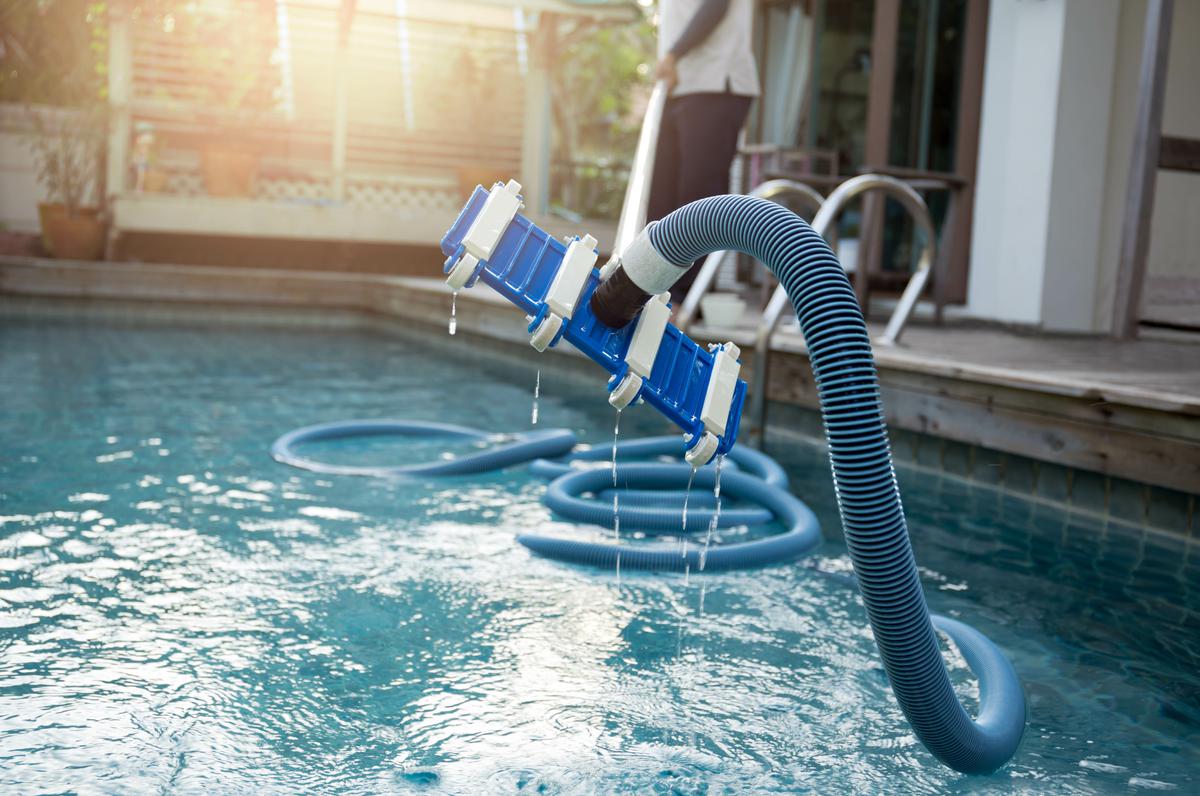
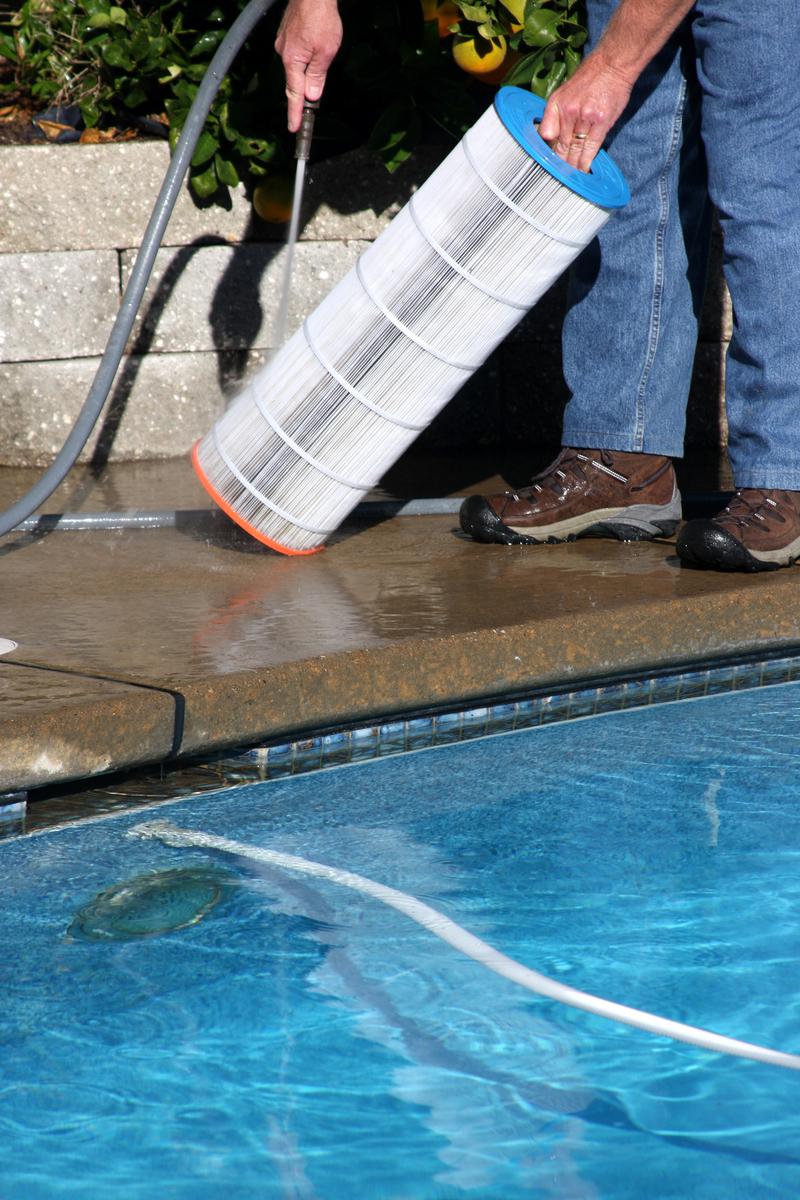
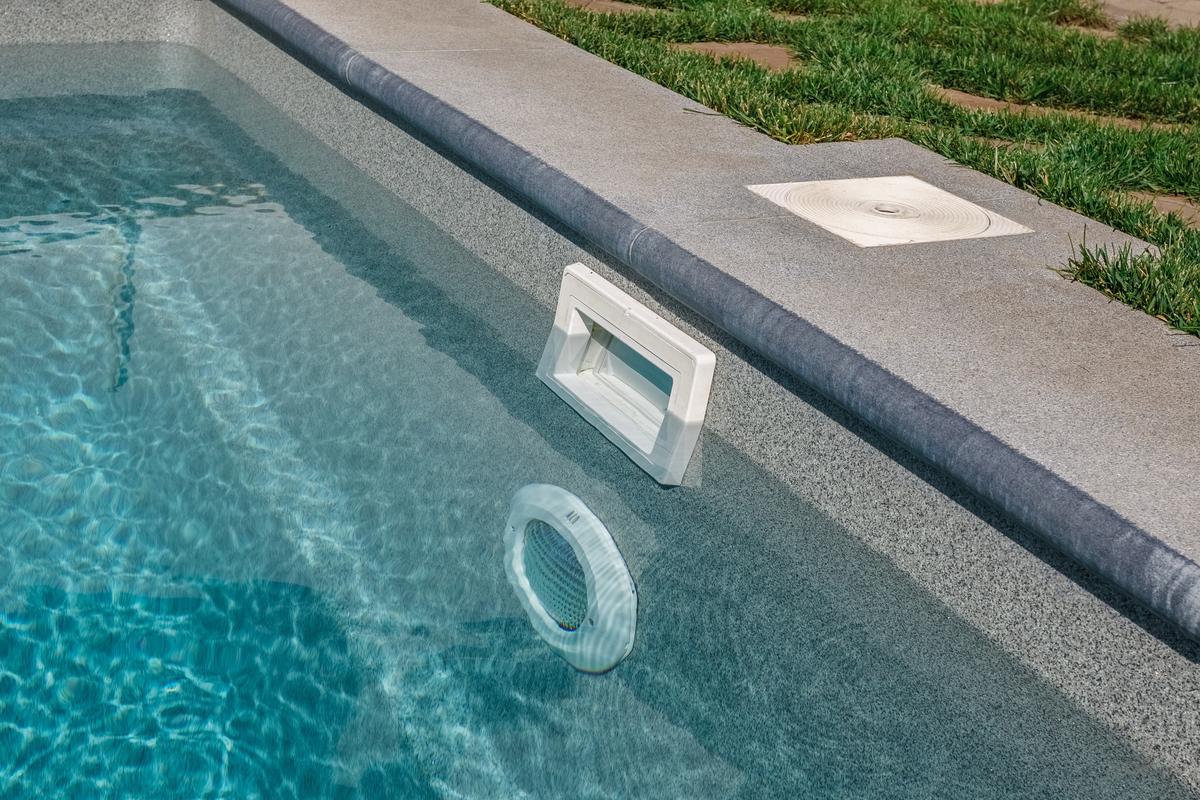
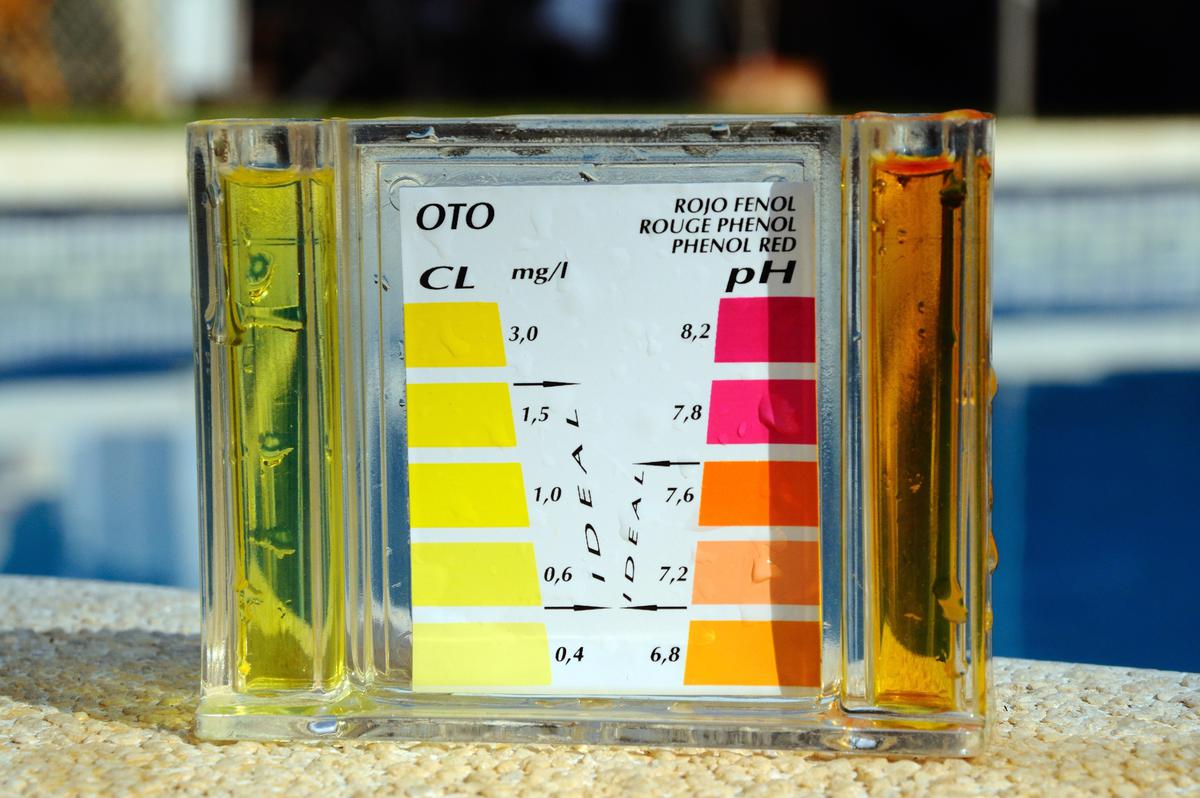

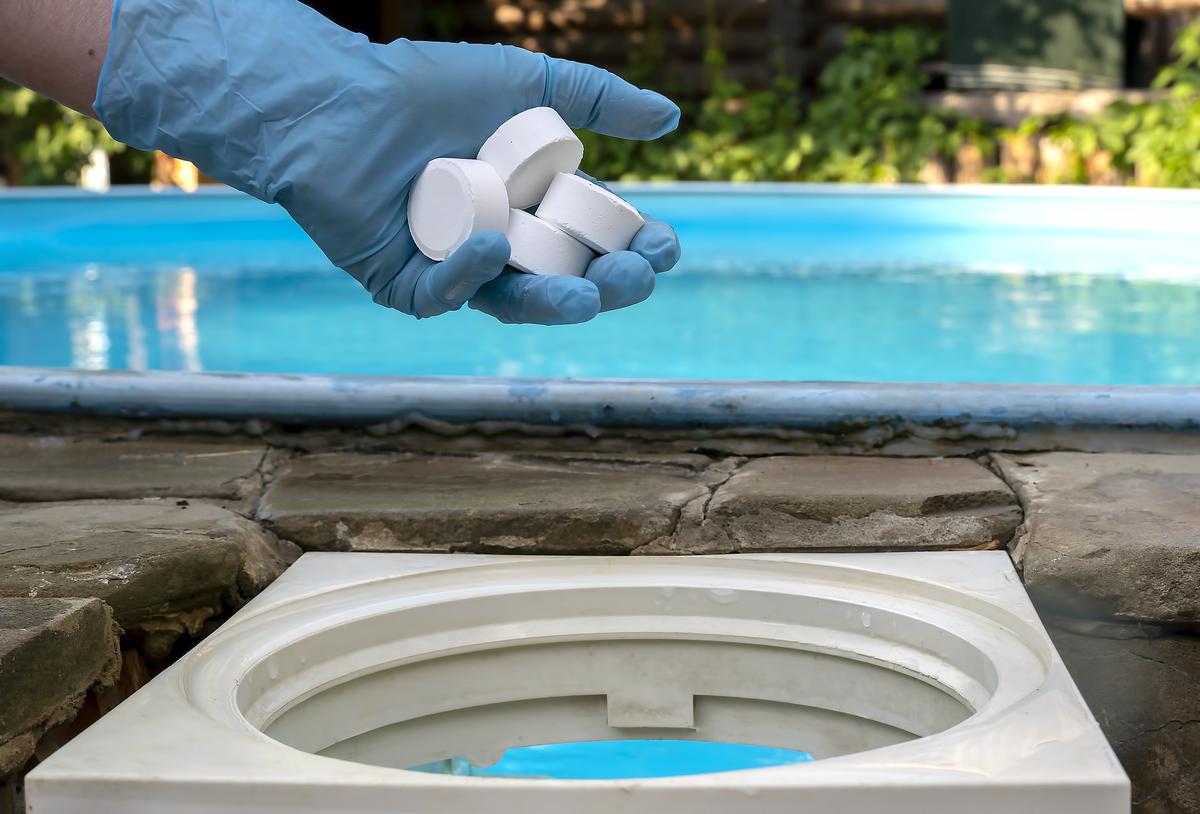
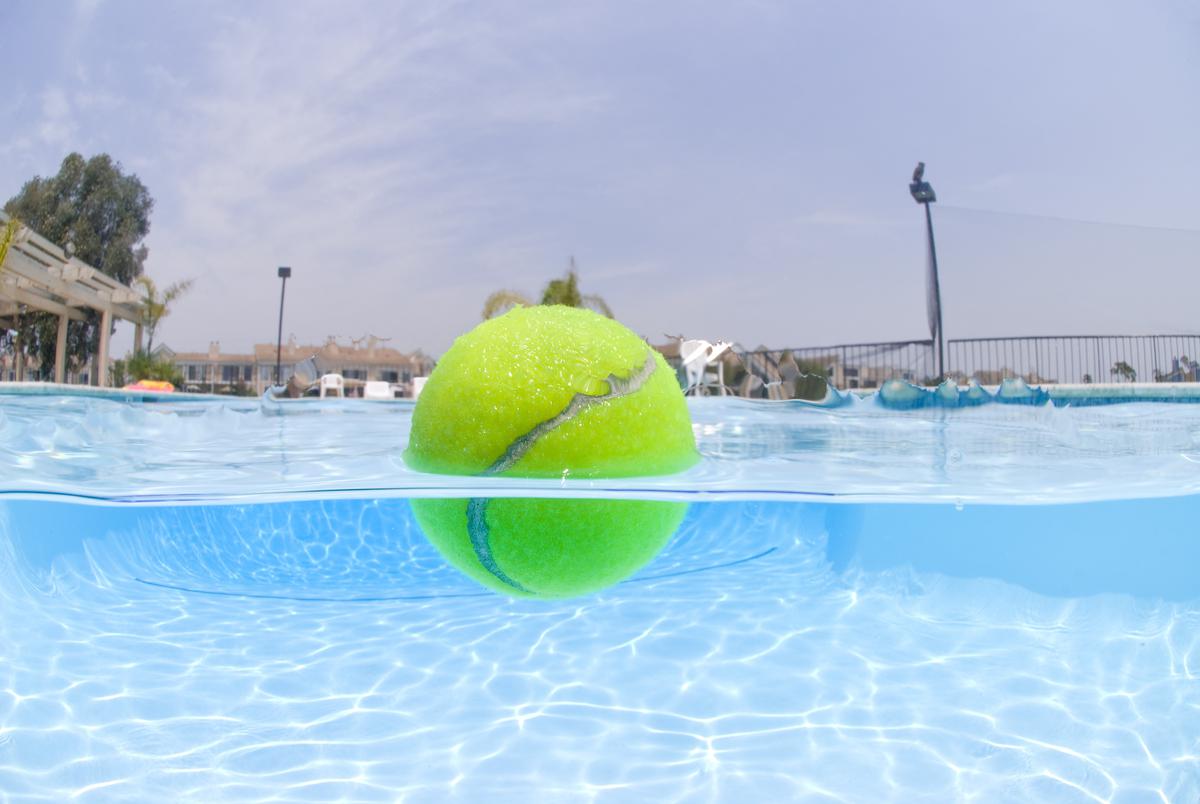

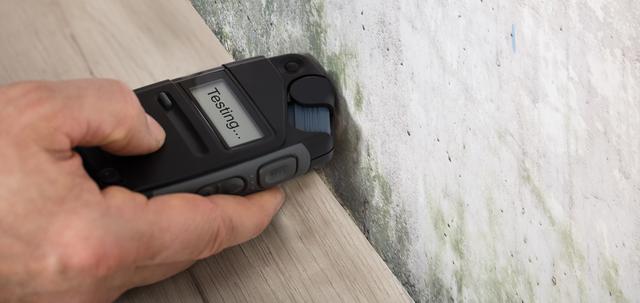
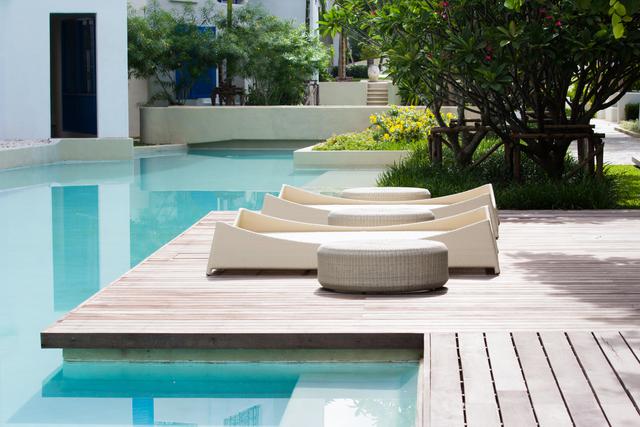
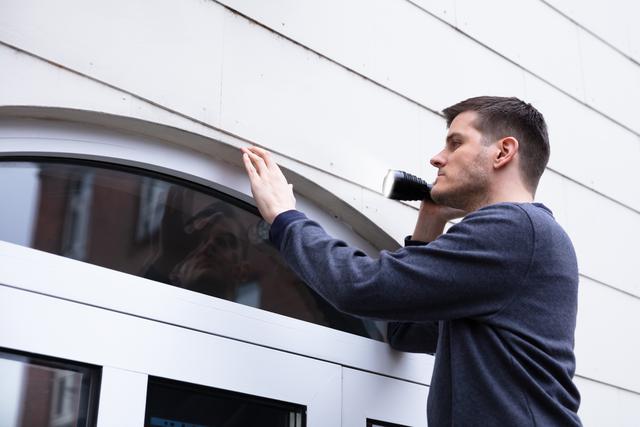
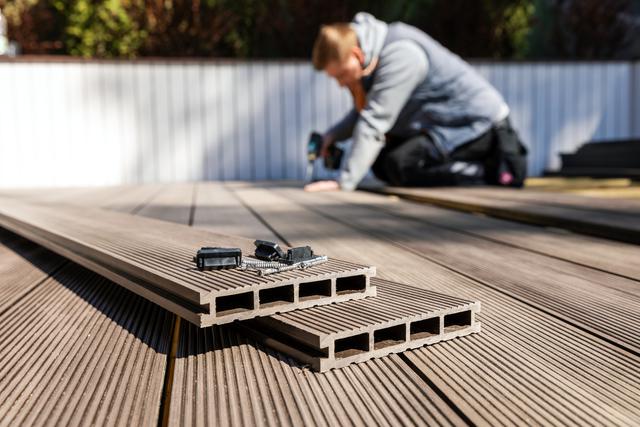
comments